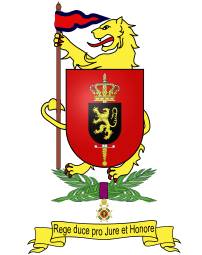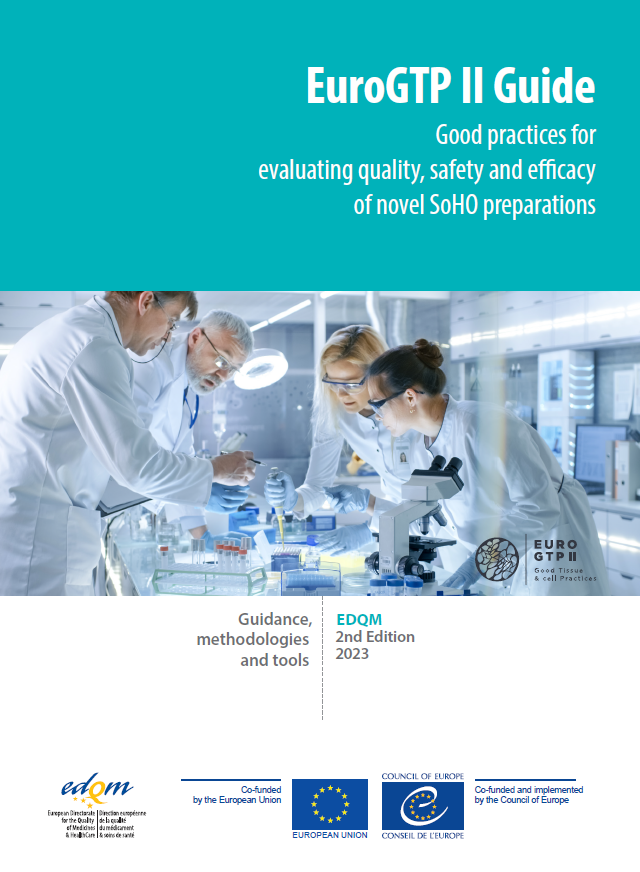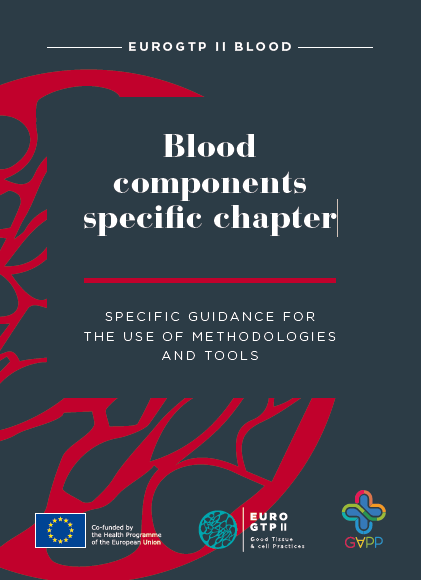

The Royal Military Academy (RMA) provides education on a university level. Research is mandatory to guarantee this university level and to assure its continuity. The Queen Astrid Military Hospital (QAMH) (http://www.hopitalmilitaire.be) is the main patient care facility of Belgian Defense and is affiliated with the RMA. The RMA initiated several research projects in the QAMH. This research focuses mainly on regenerative medicine, molecular microbiology and phage therapy. The QAMH supports the military operations on the ground, providing specialized personnel and medical equipment. The QAMH with all the staff and equipment that is not used for this first mission is used to help the Nation. This is mainly done through the treatment of civilian patients in its burn wound center (one of the largest in Europe with >300 admissions and 10,000 consultations/yr, 8 ICU and 20 MCU rooms) and the participation of emergency teams in the regional emergency medical care and in disaster and crisis situations. Recently, the QAMH invested in the construction of a new burn wound center and a cleanroom complex for its human cell and tissue banks.
Relevant experience and activities
In 1985, a skin bank was founded in the Queen Astrid military hospital (QAMH). Since then, this bank has supplied cryopreserved viable cadaveric skin for use in thousands of patients. Since 1987, long before the rise of regenerative medicine and the implementation of the EU Advanced Therapy Medicinal Product (ATMP) Regulation, skin cells (keratinocytes, fibroblasts, melanocytes,..) have been cultured in the cell culture laboratory of the QAMH. Production systems were gradually optimized to accommodate scientific advances and legal changes. In 2002, neonatal foreskin keratinocytes (NFKs) were introduced as source of cultured epithelial allografts, which significantly increased the consistency and the reliability of cell productions. NFK master and working cell banks were established, which were extensively screened and characterized. Today, quality controlled batches of keratinocyte grafts are routinely produced and, due to efficient cryopreservation, stocks are created for off-the-shelf use. As such, keratinocytes have been used routinely as auto and allografts on hundreds of patients, primarily to accelerate the healing of burns and chronic wounds. In December 2005, the cell and tissue banks of the QAMH were housed in the laboratory for molecular and cellular technology (LabMCT). The skin and keratinocyte banks are licensed by the Belgian Ministry of Public Health, upon inspection by the Federal Agency for Medicines and are ISO 9001 certified (since 2007). In December 2015, LabMCT brought a brand new cleanroom biomanufacturing and research facility into operation.
Current research focuses on the development of living skin equivalents, based on human acellular dermal matrix, which can be repopulated with the patient’s own skin cells.










